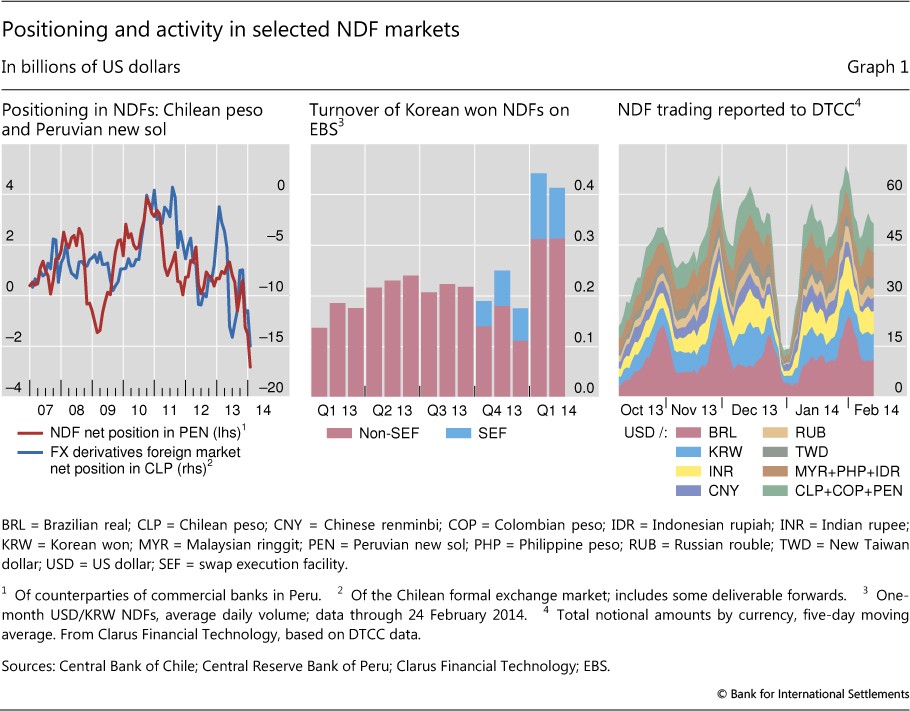Guide to Emerging Market Bonds
Post on: 8 Июнь, 2015 No Comment

How to Invest in Emerging Market Debt
You can opt-out at any time.
The International Monetary Fund (“IMF”) estimates that the aggregate gross domestic product (“GDP”) of emerging markets could overtake developed markets by 2014. These dynamics make emerging market securities increasingly important to international investors. In particular, the market for emerging market bonds has rapidly expanded over the past several years, thanks to improvements in credit quality. attractive yields, and growing liquidity.
In this article, we’ll look at emerging market bonds, how they fit into a diversified fixed income portfolio, and where they may be heading in the future.
Determining Asset Allocation
Emerging market bonds account for a growing portion of global bond issues, but that doesn’t necessarily mean that all investors should purchase them. Emerging markets carry a higher level of risk than developed markets. Of course, higher risk leads to more attractive yields than developed market bonds. An individual’s optimal exposure to emerging market bonds depends on their appetite for risk and their desire for higher bond yields.
According to an April 2013 iShares report. emerging market bonds can play a significant role in a fixed income portfolio. The fund manager reports that aggressive fixed income portfolios could see holdings in the 10% to 30% range. As of mid-2013, many U.S. investors had “very low” allocations in emerging market bonds amounting to roughly 7% of total debt holdings among U.S. mutual funds, according to PIMCO quoted in a Bloomberg story.
A good rule of thumb is to allocate approximately 10% to 15% of a fixed income portfolio into a diversified set of emerging market bonds. By spreading their exposure across multiple countries and regions of the world, investors can reduce the risks associated with any individual economy or correlated group of economies. Younger investors willing to assume greater risk may want to opt towards the high end of that range and visa-versa for older investors taking less risks.
Buying Emerging Market Bonds
There are many different ways that investors can purchase emerging market bonds, but the easiest option involves using exchange-traded funds (“ETFs”). As of November 2013, there were approximately 15 different emerging market bond ETFs with an aggregate $9.6 billion in assets under management and an average expense ratio of 0.51%. There are many more ETFs that offer specific exposure to the debt issued by individual countries.
The three largest emerging market bonds funds include:
- iShares JPMorgan USD Emerging Market Bond Fund (NYSE: EMB)
- PowerShares Emerging Markets Sovereign Debt Fund (NYSE: PCY)
- WisdomTree Emerging Markets Local Debt Fund (NYSE: ELD)
Emerging market bonds can also be purchased directly in the bond market. Many U.S. brokerage accounts do not list foreign bonds directly, but a trader specializing in foreign debt may help execute these trades. The minimum order quantity for these bonds also varies, but many require sizeable amounts in excess of $50,000. Non-U.S. brokerages can facilitate these transactions, but may involve excessive fees and foreign tax filings.
Most investors are best off purchasing emerging market bonds via the many ETF options that are available. Investors should be careful to select ETFs that are liquid enough to buy and sell at a good price, as well as those that have reasonable expense ratios that don’t eat into profits.
Risks & Other Considerations
Emerging market bonds carry a greater risk than their developed market counterparts. Dynamic emerging market economies may have less predictable monetary policy than developed economies, which means that interest rate risk will be harder to quantify in some cases. Many emerging market economies have also defaulted in recent history, which means that these bonds carry a higher risk of default compared to developed market bonds.
In summary, investors should consider allocating 10% to 15% of their fixed income portfolio to emerging market bonds. Risk averse investors may want to look at lower allocations and those looking for higher yields may want to look at higher allocations. The easiest way to build these positions it to use emerging market ETFs, with a focus on large and liquid funds that have modest expense ratios. Of course, proper diversification is key to enhancing returns.














